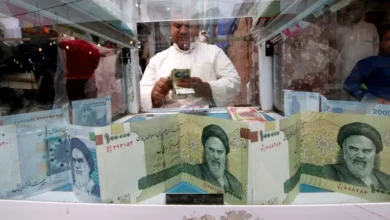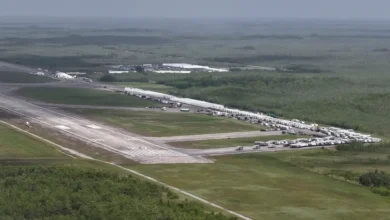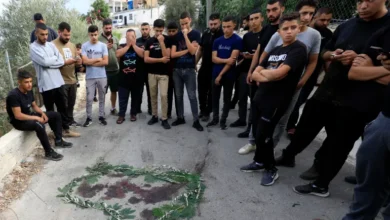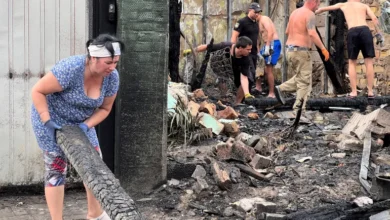Iran’s dual nationals caught between Israeli bombs and family ties
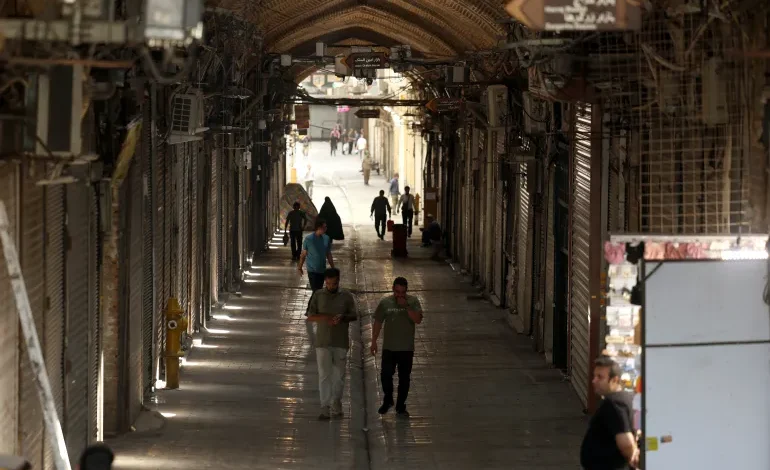
Suitcases are rolling through Tehran, but this time, it’s not for holidays or family celebrations. They are being packed in haste and out of fear – symbols of the growing anxiety gripping the Iranian capital’s 10 million residents as they face Israeli missiles.
While Iranians scramble to find shelter, dual Iranian-American nationals find themselves caught in the crossfire of war and geopolitical uncertainty.Amir, a 36-year-old Tesla engineer and dual national, travelled to Tehran from the United States just weeks before Israeli air strikes began hitting targets across Iran. He had been visiting family and spending quiet days with them on Mount Damavand, located roughly 60 kilometres northeast of the capital. His return flight to the US was already booked, but a few days before he was scheduled to travel, Israel launched its attacks.
When the bombs started to fall, Amir found himself gripped by fear, not just of war, but of being drafted and becoming a casualty of politics beyond his control.
“I wasn’t scared at first. Being with my family brought me peace,” said Amir, who preferred not to share his last name for security reasons. He recalled how he had actually been more worried about his family’s safety during the 2022 Iran antigovernment protests, watching from afar in the US. “Back then, I was constantly anxious, glued to the news, worrying about my family. But now, being in Tehran and Damavand, I could see that life was still going on,” he said.
But he soon decided it was too risky to remain in Iran. A US Green Card holder, Amir dreaded the growing possibility of President Donald Trump reintroducing a travel ban on Iranians and feared it would include those with permanent residency, like himself. With a sense of urgency, Amir chose to leave.Crossing borders, leaving loved ones
Fearing for his life and his future, Amir began a long overland journey. On Monday, he left by overnight bus for the western Iranian city of Urmia, an 11-hour journey. From there, he continued by road to Van, in eastern Turkiye, which took another six hours. He then boarded a domestic flight to Ankara, from where he flew to the US on Thursday.
